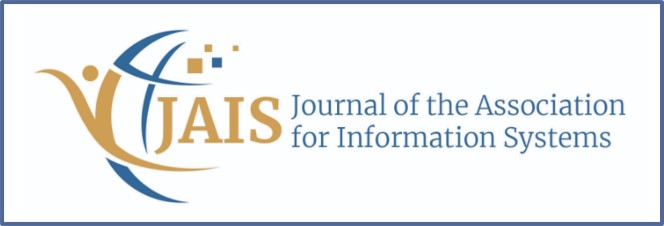
Abstract
This paper elaborates on situatedness as an empirical phenomenon in computer-mediated settings. It is based on studies of petroleum engineers and how they work with digital sensor data. We show how their work practices are born out of a history of constitutive entanglement with specific types of sensors, the data they produce, and the information systems that process them. This entanglement arises from interaction between humans, technology, and the oil reservoir and is a fundamental aspect of the situations in which interpretative work occurs. We empirically show how different sensors in the petroleum production systems produce data in interaction with their surroundings, and that these data are creatively “stretched” to represent subsurface phenomena. When groups of engineers collaborate remotely with colleagues to make sense of problematic data, entanglement with specific II’s is an important aspect of situatedness. The situationally particular in these settings is not as much a matter of locations as of histories of interaction with specific technologies. The notion of situatedness has been pivotal in stressing the importance of the particular circumstances in which work is performed. It has throughout its history been a counterweight to rationalistic accounts of work and the focus on design of standardized work processes. Here we show that patterns of interaction with specific information infrastructures make up a crucial part of situated work and that these may have non-local dimensions.
Recommended Citation
Almklov, Petter Grytten; Østerlie, Thomas; and Haavik, Torgeir Kolstø
(2014)
"Situated with Infrastructures: Interactivity and Entanglement in Sensor Data Interpretation,"
Journal of the Association for Information Systems, 15(5), .
DOI: 10.17705/1jais.00361
Available at:
https://aisel.aisnet.org/jais/vol15/iss5/2
DOI
10.17705/1jais.00361
When commenting on articles, please be friendly, welcoming, respectful and abide by the AIS eLibrary Discussion Thread Code of Conduct posted here.

